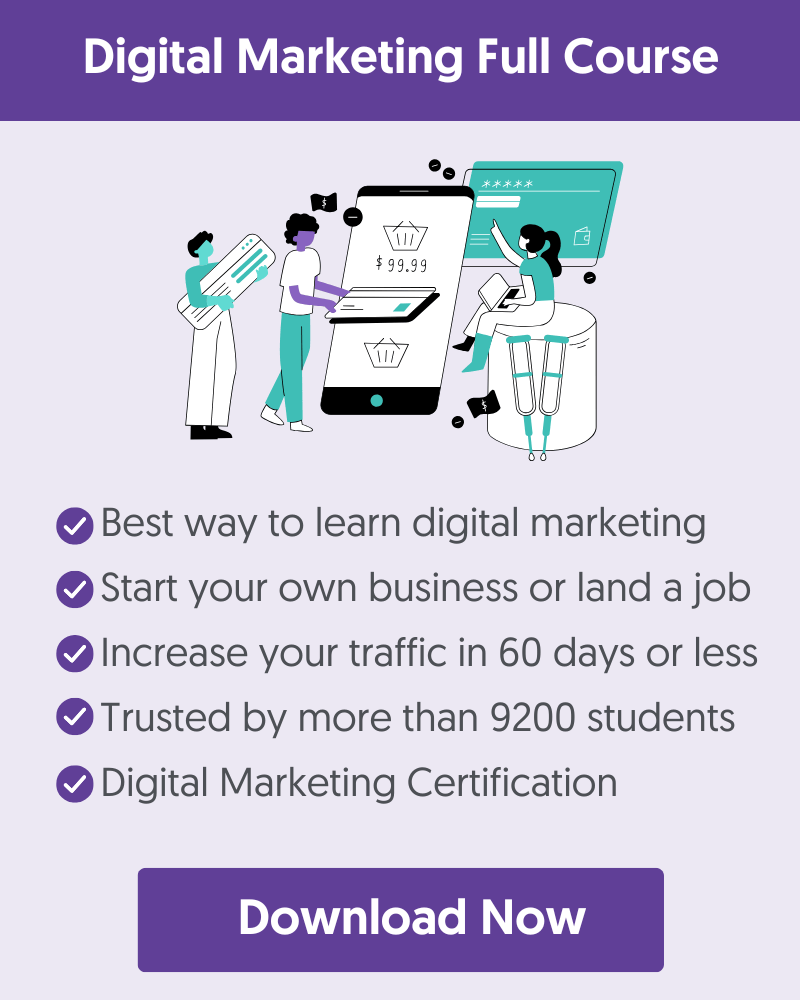Blogging can benefit all types of businesses. The concept of running an active business blog has been around for years, even before social media, and it’s still an effective way to attract customers and boost brand awareness.
In this post, I'll explain the benefits of blogging for businesses and provide a step-by-step plan for starting a business blog.
10 Benefits of Blogging For Business
There are many reasons why every business should start blogging. The most important advantages are:
1. Drive Search Engine Traffic to Your Website
The biggest benefit of blogging for businesses is organic traffic.
You can increase your visibility on Google through a well-planned content marketing strategy and get traffic from people searching for products or services related to your offering.
It’s like having your business open 24/7; the best part is getting this traffic for “free” without spending thousands on paid ads.
It won’t happen overnight, but with hard work and patience, you can gradually increase your traffic and enjoy all the benefits.
The blog you’re reading now is a great example of what you can do with blogging.
For years, we’ve been exclusively getting clients for digital marketing services and students for our online digital marketing courses through blog traffic.
2. Become an Authoritative and Trusted Resource
Another benefit of blogging is that it allows you to become an authoritative and trusted information resource in your industry.
When you provide valuable content related to your niche, people will turn to your blog for reliable information, which is great for building brand awareness.
When they are ready to buy a product or service, you’ll be the first brand that comes to mind.
A good example of this is Shopify. Through their blog, they rank for hundreds of keywords related to eCommerce, and it’s not a surprise that it’s the first brand to consider when you want to start an eCommerce business.
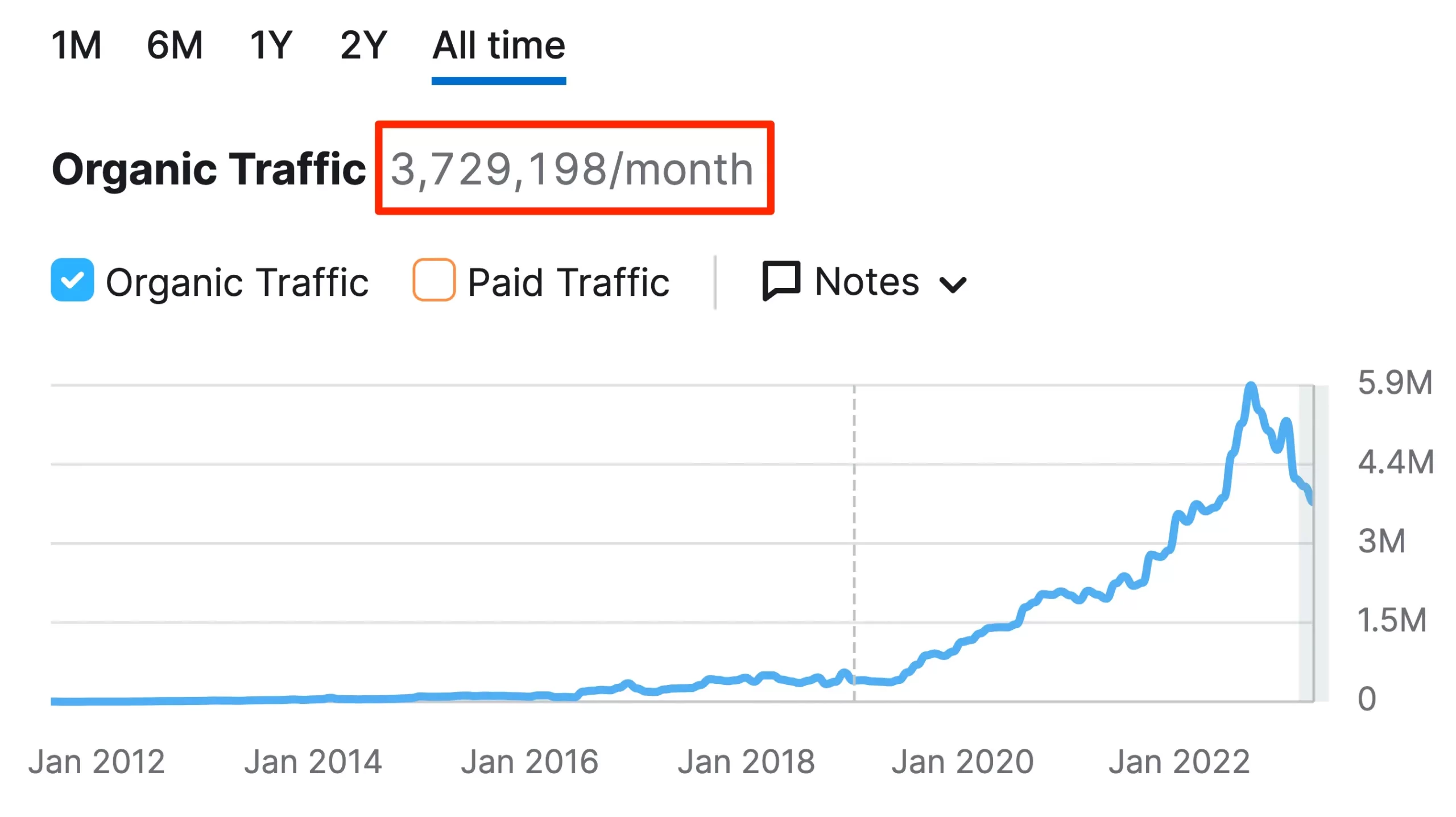
3. Create a Community Around Your Brand
A blog is a bidirectional communication channel.
You post content, and the readers can engage with it in various ways. They can share, like, or comment, creating a community around your brand.
It’s even more useful when users have complaints since they can express their thoughts on your blog rather than on a third-party website.
For example, our Digital Marketing Certifications post has more than 40 comments from people who found our advice useful or had related questions.
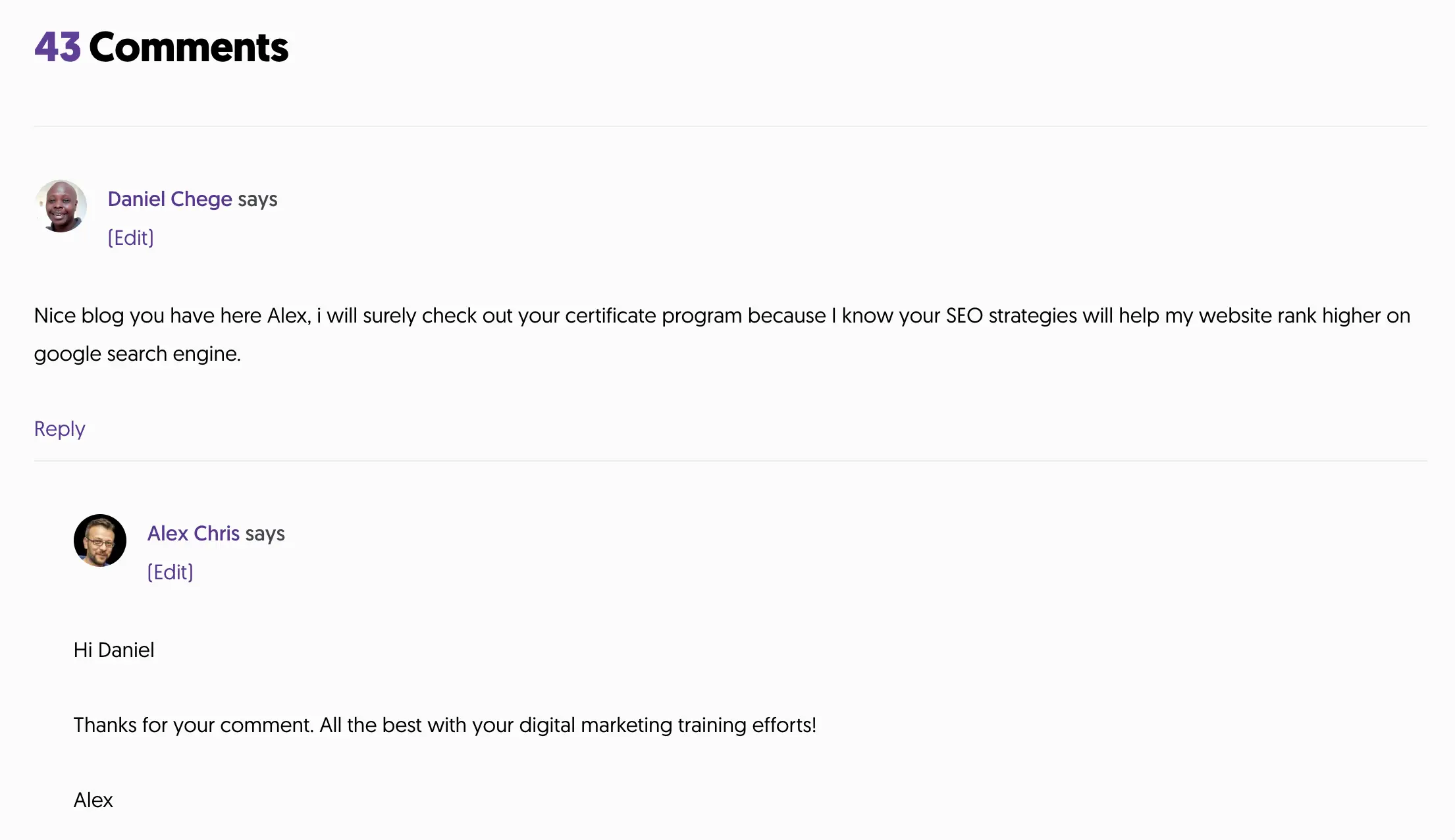
4. Helps Build an Email List
Email marketing is still one of the most effective sales channels for any business, and blogging is the best way to build an email list.
A blog will get people to your website, and incentives (like coupon codes or free products) will get them to your email list.
A business can use an email list to announce new products, inform users of company updates, cross-sell and upsell, get customer feedback, and perform many other useful tasks.
We've built an active email list of more than 50,000 subscribers through blogging.

5. Provides Content for Social Media Marketing
Businesses that want an active social media presence will need a lot of content, and blogging is the best solution.
Republishing your blog content on your social media channels is a fantastic way to keep your followers engaged.
The only condition for this to work effectively is that you use nice visuals in your posts, which can then be shared on social media channels.
One company that does this well is Semrush. They publish frequently on their blog and share the content on social media.

6. Generates Leads and Conversions
Another benefit of having a blog is generating leads and conversions.
You can attract potential customers to your website by consistently publishing relevant and valuable content. Once they're engaged with your content, you can use strategic calls-to-action (CTAs) to guide them further down the sales funnel, turning casual readers into loyal customers.
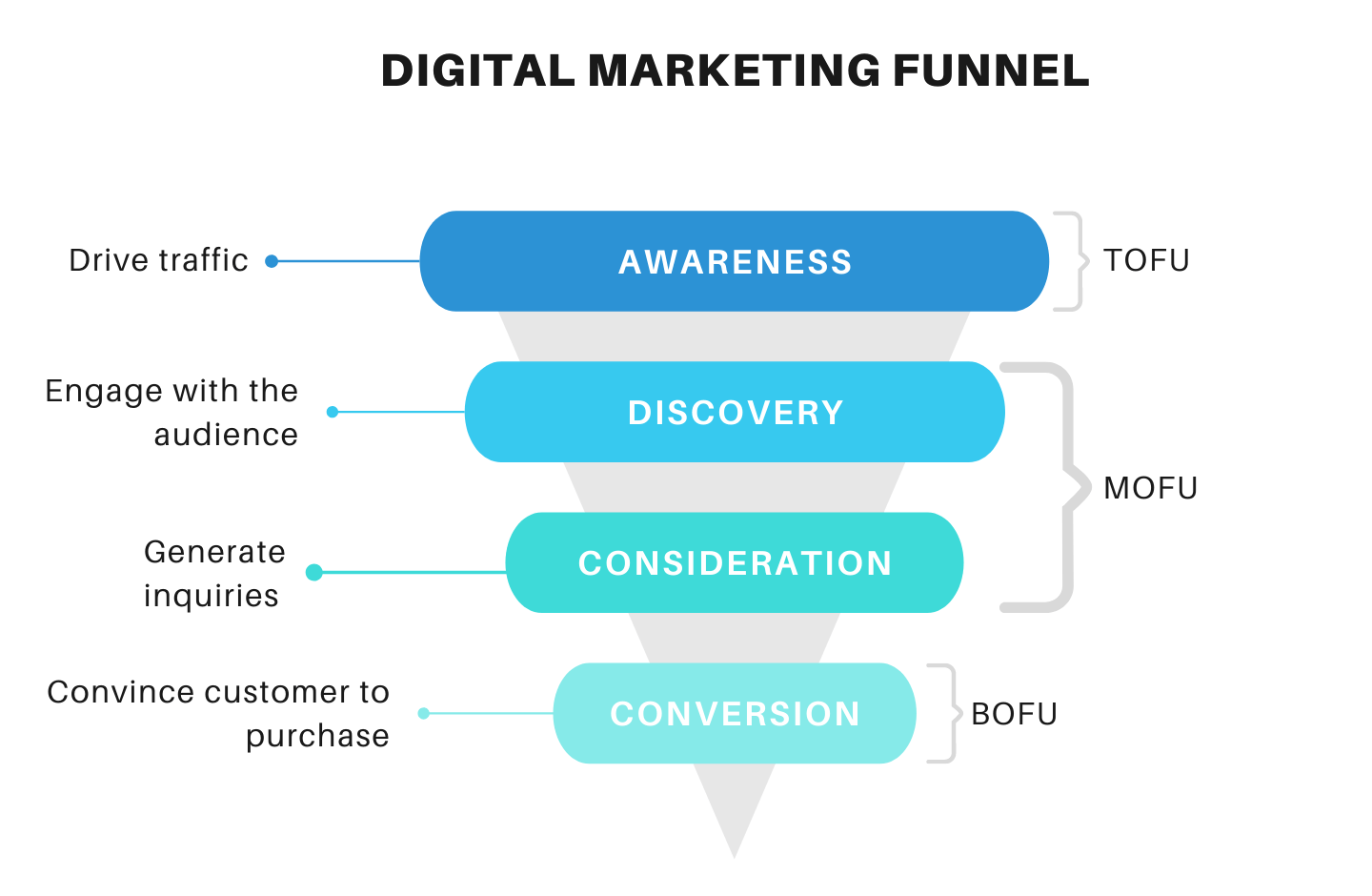
7. Helps Understand Your Niche and Customer Needs
The first step in creating a content marketing strategy for your blog is analyzing your customer needs and problems and creating user personas.
Then, as part of the process, you’ll also perform a detailed competitor analysis.
This deep analysis will give you valuable information about your niche and customers, which you can use to improve your offerings and better match their needs.
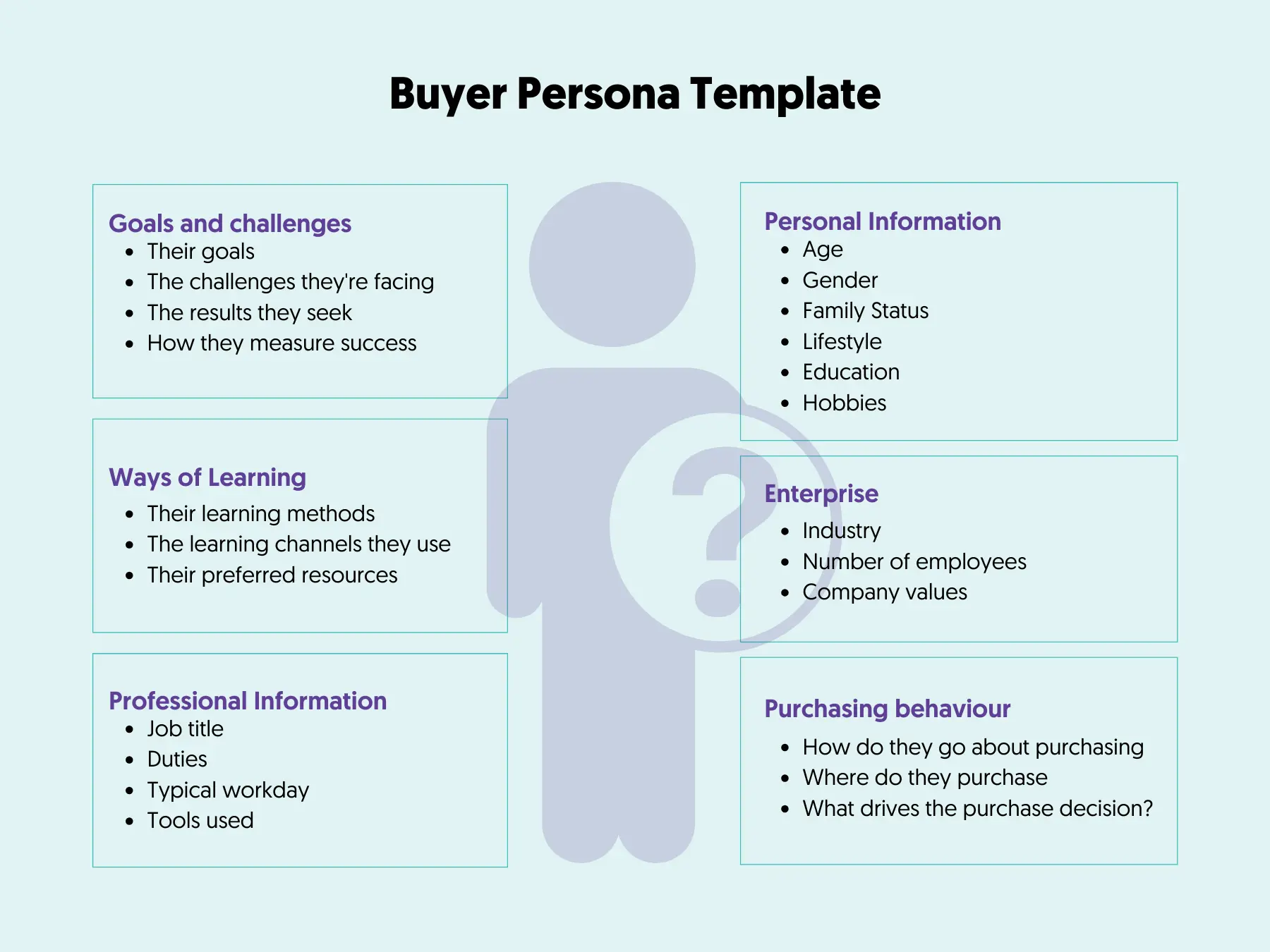
8. Rank for Branded Keywords in Search Engines
A hidden advantage of having a business blog is ranking on Google for keywords related to your brand.
When someone searches for brand-related queries, Google will show posts from your blog that address specific questions or topics about your products or services.
It’s an indirect way to control what is shown in the top 10 positions of the SERPs instead of letting other websites rank for your branded terms.
9. Educate Users on the Use of Company Products
Through detailed tutorials, how-to guides, Videos, and case studies, you can help users learn how to use your products, leading to increased trust and better customer support.
An example of this is Gravity Forms. They use their blog to educate users on how to use their products, and they also rank for hundreds of related keywords in Google.

10. Share Company Updates
Whether announcing a new product launch, sharing behind-the-scenes looks, or discussing company milestones, a blog keeps your customers informed and engaged with your brand's journey.
How to Start a Business Blog
Follow these best practices to start a blog for your business.
1. Choose a Blogging Platform
The first step is to choose a blogging platform. This could be the same as your website’s CMS or different.
If your website is already on WordPress, you can create your blog using its built-in functionality.
If your website is on a different platform that doesn’t natively support a blog functionality, you can use WordPress, Wix, Squarespace, or others to set up your blog.
Your blog can be created as a folder, e.g., “Yourdomain.com/blog,” or as a subdomain, e.g., “blog.Yourdomain.com.”
This part is a bit technical, but nothing that your IT support team cannot easily handle. For more details, read our guide Subdomain Vs Subdirectory: Which Is Better For SEO?
Our recommendation is to use WordPress. It’s the most popular blogging platform because it’s easy to use and SEO-friendly.
If you have no website for your business, you can create a website with a blog using our comprehensive guide below.
2. Decide on Your Blog's Design and Structure
The next step is to decide on your blog’s design and structure. Keep your design simple using a theme that matches your company’s brand colors and voice.
When structuring your blog, use a hierarchical structure with a couple of categories to group related articles together.
Possible categories include:
- Blog posts
- Tutorials
- News & Updates
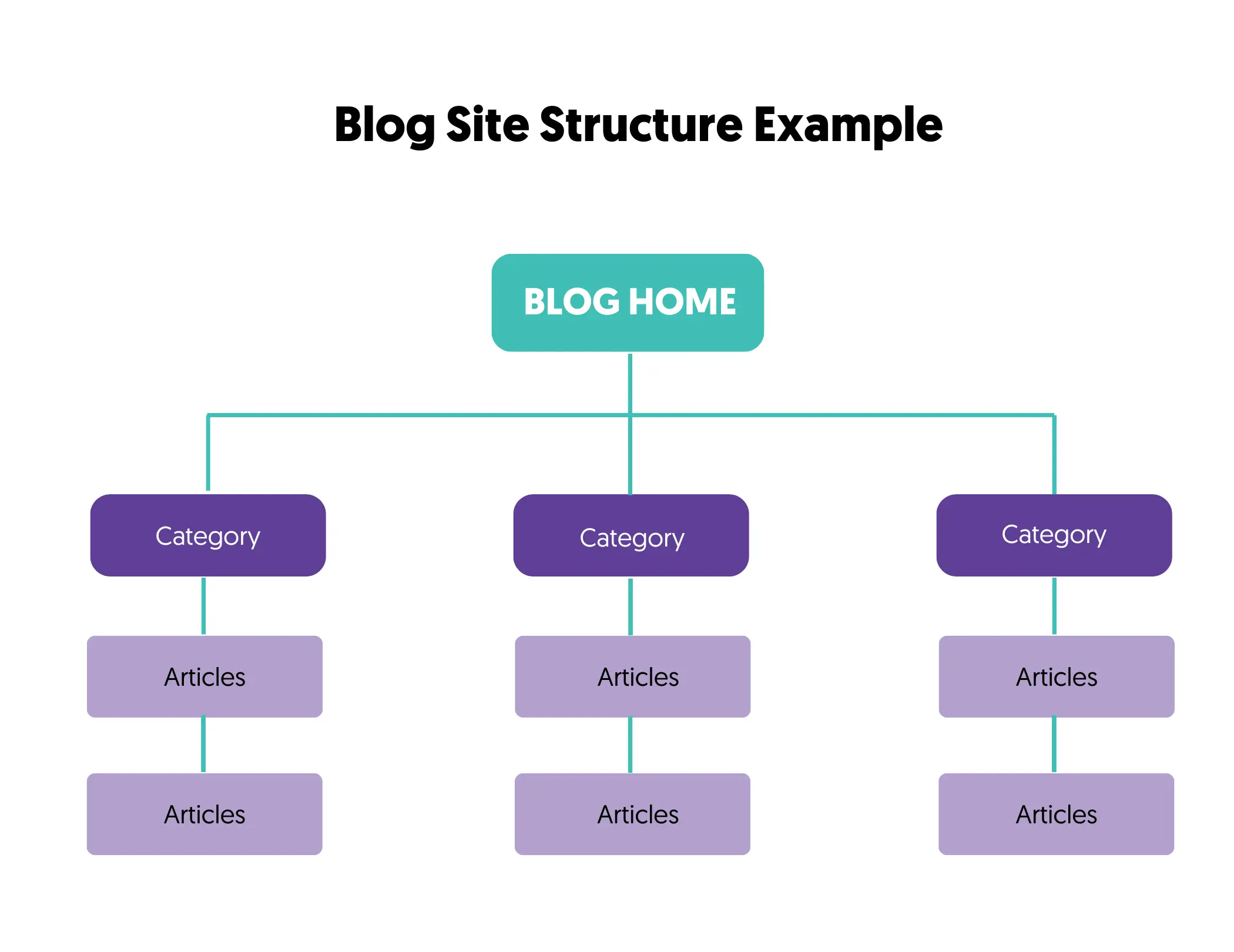
3. Create a Content Marketing Strategy
The most important step for making blogging a success for a business is your content strategy.

In your strategy, you should include the following:
- Target Audience - a specific description of who your target audience is.
- Customer Personas - an analysis of your customer’s pain points and needs.
- Competitors Analysis - a detailed analysis of how your competitors use a blog.
- Business Goals - state exactly what you want to achieve with your blog and how to plan to achieve it.
- Keyword Research - which keywords, search phrases, and topics are related to your offerings.
- Content Calendar - what kind of content to publish and when.
- Content Promotion Plan - strategies to promote your content after it is published on your blog.
For more information on how to get started with content marketing for your blog, read the following guides:
4. Establish a Blogging Workflow
When you start blogging, you’ll soon realize that you'll have to publish A LOT of content consistently to get traffic from search engines and make something out of your blog.
To achieve this, you need to establish a workflow process. A workflow process describes all the steps needed to create content for your blog.
Many people will likely be involved in a corporate environment with a dedicated digital marketing team. The workflow should define who will do what and when.
Here is an example of how a workflow process for blog publishing looks like:
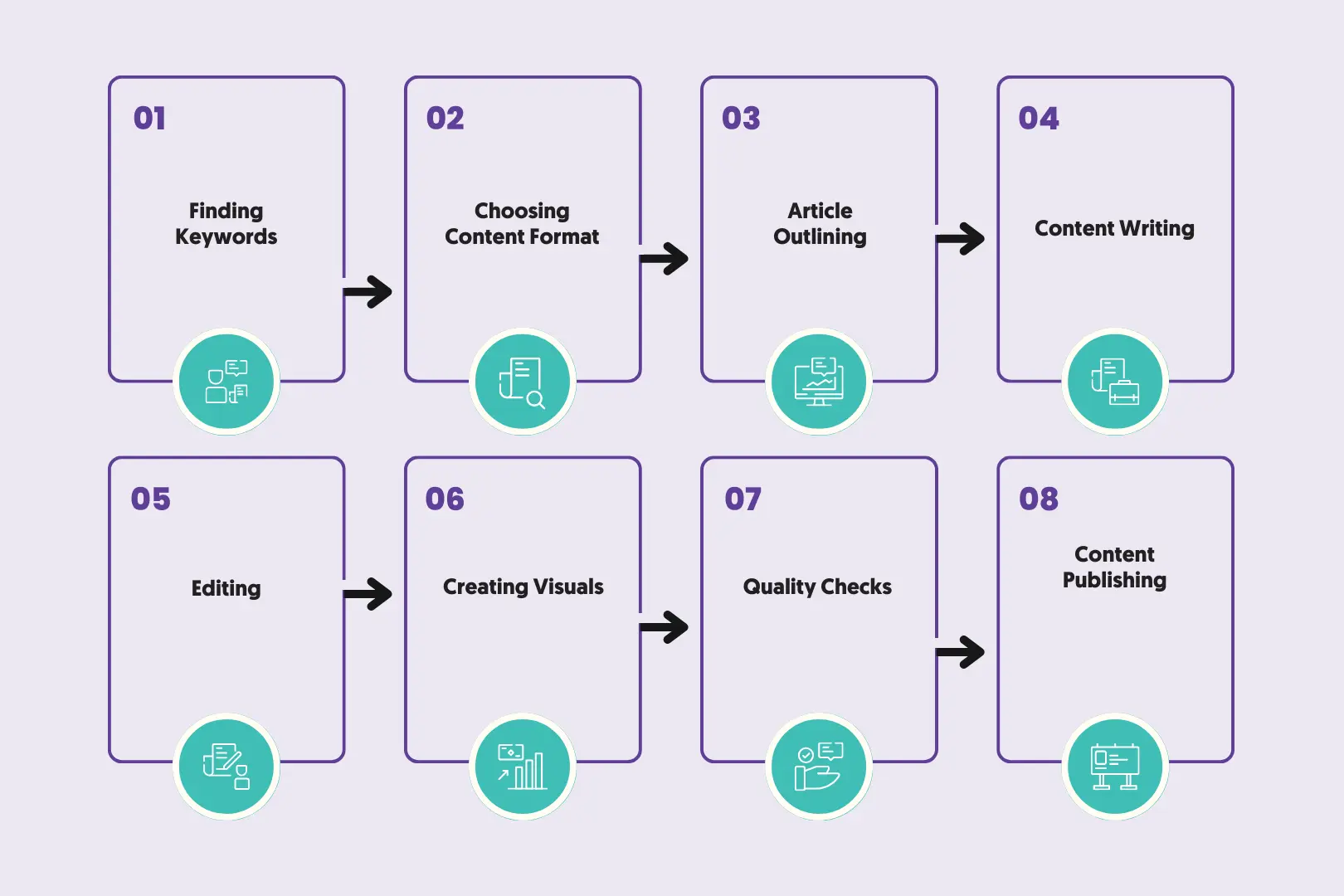
5. Work on Your SEO
Once you have your content strategy ready and your process for creating content in place, the next step is to work on your SEO.
SEO will help you optimize your content for search engines and users. Your goal with SEO is to rank higher in the search engine results for queries related to your business.
Several SEO factors need to be considered, and for easier management, they are broken down into On-Page SEO, Off-Page SEO, and Technical SEO.

On-page SEO refers to optimizing elements directly on your website. This includes optimizing titles, meta descriptions, URL structures, and headings.
Off-page SEO focuses on external factors influencing your website's ranking in search engine results. The most common aspect of off-page SEO is building high-quality backlinks from authoritative websites. Other elements include social signals, brand mentions, and guest blogging on reputable sites.
Technical SEO - This encompasses the technical elements of your website that can affect its performance in search engine rankings. It includes site speed, mobile optimization, XML sitemaps, structured data, and ensuring your website is secure and accessible to search engine crawlers.
To get started with SEO, use the following guides:
6. Measure Blog Performance With Google Analytics
To truly understand the impact and success of your blog, it's essential to rely on data-driven insights.
You can use Google Analytics standard reports to monitor your blog’s performance.
Here are key metrics to monitor:
Traffic Volume: Monitor the number of visitors coming to your blog. A consistent increase in traffic indicates that your content strategy and promotion are effective.
Traffic Sources: Understand where your visitors are coming from.
Bounce Rate: This metric shows the percentage of visitors who leave your blog after viewing only one page. A high bounce rate might indicate your content isn't engaging or relevant to visitors.
Top Performing Pages: Identify which blog posts or pages attract the most traffic. This can give insights into the type of content your audience prefers.
Number of Conversions: Track how often visitors complete important actions such as newsletter subscriptions, contact form submissions, and purchases. This helps you understand the ROI of your blogging efforts.
Regularly reviewing and analyzing these metrics in Google Analytics will help you measure your blog's success and provide actionable insights to continually refine and improve your content strategy.
Start Blogging For Your Business
A blog is a great marketing tool for all businesses. When done correctly, it can generate leads and conversions at a lower cost than other marketing channels.
For blogging to work effectively, you need a process that allows you to create high-quality content for several months or years consistently.
Companies that have done this successfully have experienced steady growth and are in a much better position than companies that do not use a blog in their marketing strategy.
Use the following resources to learn more about blogging.
